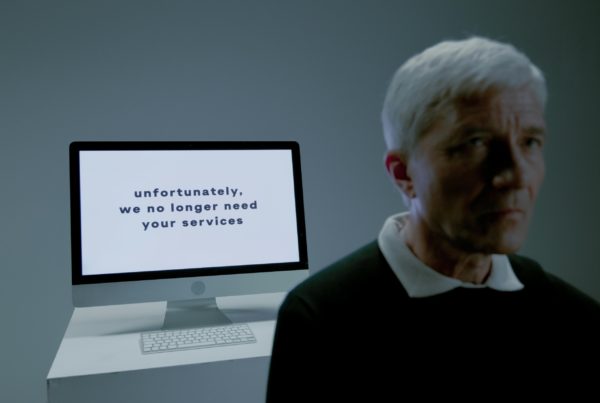A Mission-Focused and People-Oriented Approach
I’ve led and guided organisations through critical transitions during Interim Leadership roles. My approach combines a deep commitment to a mission-focused and people-oriented strategy underpinned by an adaptive leadership style inspired by the principles of Prussian General Helmuth Karl Bernhard Graf von Moltke and the Art of Action by Stephen Bungay. In this article, I will touch on the significance of these approaches and why they are essential for driving transformation and preparing the groundwork for new permanent leadership to thrive.
Mission-Focused Interim Leadership
I embed a mission-focused approach at the outset of an assignment; it is the bedrock of my interim leadership strategy. It starts with a clear understanding of the organisation’s purpose and goals. The core mission guides every decision and action, ensuring the team is aligned towards a common objective. Inevitably, not everyone enjoys being “aligned”, but this alignment cultivates a sense of purpose and unity, fostering a motivated and engaged workforce that’s essential for achieving results.
Mission-focused leadership provides clarity not only for the leadership team but also for all employees. This clarity lets everyone understand how their roles contribute to the larger mission, resulting in a more productive and accountable team.
People-Oriented Leadership
Any organisational transformation can only succeed if rooted in a people-first approach. My role as an interim leader often involves navigating through change and uncertainty, inevitably leading to changes in direction. During these times, prioritising the employees’ well-being and professional development is crucial.
Of course, my purpose is invariably that of change leadership, which means I don’t always manage to inspire everyone; however, I endeavour to lead a people-oriented approach that involves active listening, empathy, and the creation of a supportive environment where employees feel valued and heard. Engaging with the team, understanding their needs, and encouraging them to share their insights are crucial to nurturing a productive and motivated workforce.
Adaptive Interim Leadership
Change is the only constant in today’s business world, and an adaptive leadership style is essential. It’s not about imposing a rigid set of strategies but about being flexible and responsive to the evolving landscape. This involves assessing and reassessing the situation, making timely adjustments, and continuously learning from the results.
The adaptability and agility embedded in my approach ensure that the organisation can respond to unforeseen challenges effectively. It also provides the groundwork for incoming permanent leadership to build upon a solid foundation that can withstand the tests of time.
The Influence of Prussian General von Moltke and Stephen Bungay
Two key influences on my interim leadership approach are Prussian General von Moltke’s theory of military strategy and Stephen Bungay’s “The Art of Action.” Moltke’s emphasis on focusing on the objective while being flexible in execution aligns perfectly with an interim leader’s mission-driven, adaptive approach. Bungay’s insights into the importance of making rapid decisions and implementing them effectively resonate with the demands of the modern business landscape and, as such, interim leaders.
Preparing for the Future
Of course, as an interim leader, CEO or CRO, the immediate priority is stabilising the business and restoring profitability. However, interim leaders are interim and must remain future-oriented and successfully prepare the organisation to transition to a new permanent leadership. The combination of mission-focused, people-oriented, and adaptive leadership ensures results are achieved and sustained. By incorporating the wisdom of Moltke and Bungay, interim leaders can create an environment where the incoming leader can build upon a robust and adaptive foundation, propelling the organisation to even greater heights.
In conclusion, a mission-focused and people-oriented approach and adaptive leadership are essential for driving transformation and preparing an organisation for future success. By following these principles and drawing inspiration from leaders like Moltke and Bungay, we can achieve meaningful and lasting results while ensuring a seamless transition for the organisation and its new permanent leader.
Read about The Four D’s of Interim Leadership
About the Author
Trevor is the Managing Partner of NorthCo, a fellow of the Institute of the Motor Industry and a member of the Institute of Interim Management. Trevor is a respected C-Suite leader, Chairman and professional Interim Leader. For over a decade, he has provided interim leadership solutions to private equity, venture capital, and asset-backed firms. Whether it’s to stabilise a business during a turbulent trading period, fill a temporary skills gap or support a management team to navigate challenging situations, Trevor’s wealth of experience and proven track record in delivering value creation and retention plans demonstrate his ability to lead and support operational management teams effectively. To find out more about his approach, explore his LinkedIn profile and read what others say about Trevor.




